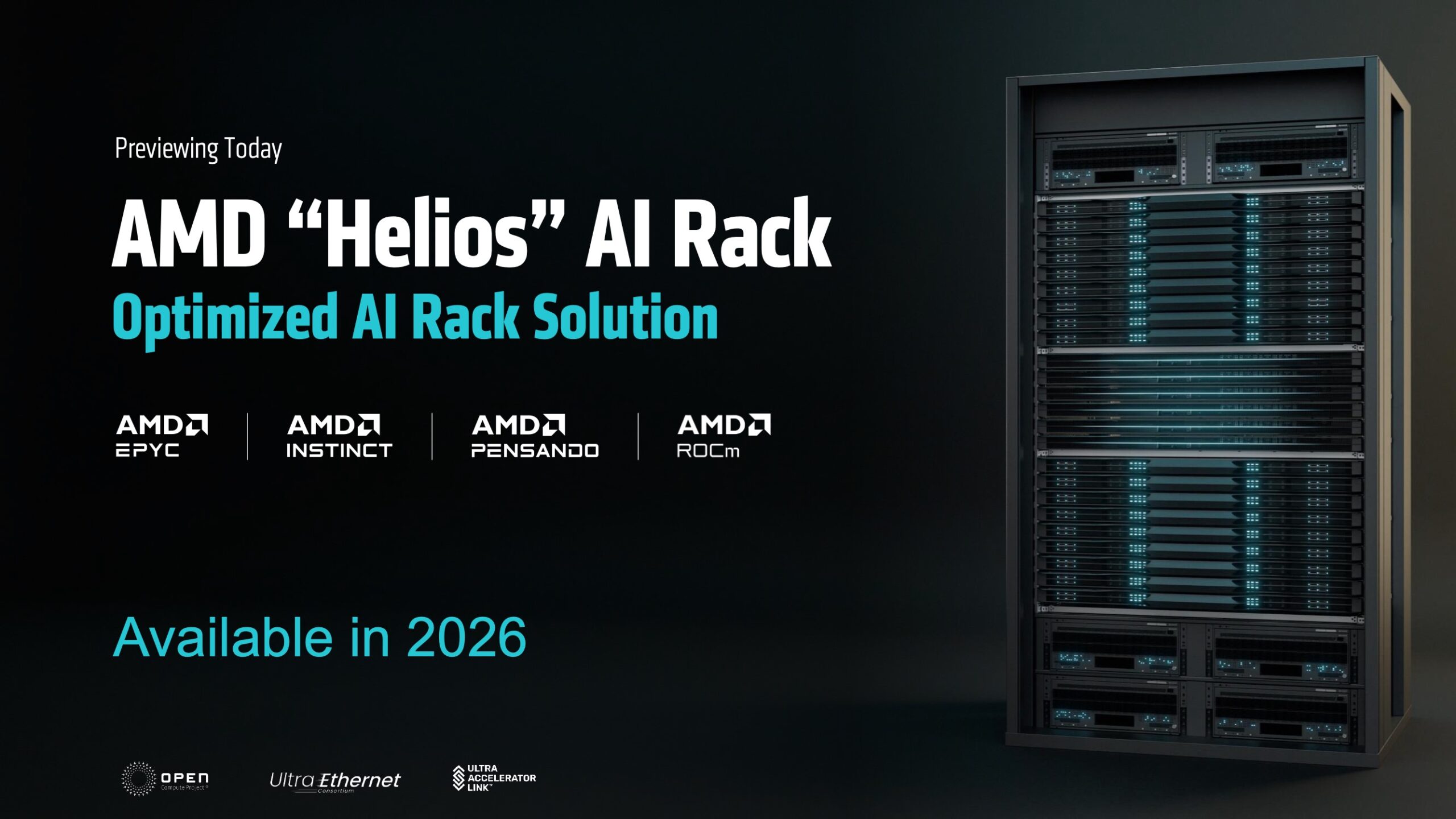
AMD Challenges NVIDIA’s AI Reign With Instinct MI500 & EPYC Verano CPUs
AMD is stepping up to break NVIDIA’s grip on the AI hardware market with a bold new roadmap unveiled at its Advancing AI event. Central to this strategy are the next-generation Instinct MI500 accelerators and EPYC “Verano” CPUs, poised to directly challenge NVIDIA’s powerful Vera Rubin lineup.
With AI workloads scaling beyond single-GPU setups, AMD’s push into rack-scale AI solutions is more crucial than ever. The MI500 accelerators, fabricated using TSMC’s advanced 2nm N2P node, will feature bleeding-edge packaging technologies like CoWoS-L. While full specs remain under wraps, AMD is clearly aiming for parity-or better-against NVIDIA’s Rubin architecture.
Backing these accelerators are the upcoming EPYC Verano CPUs, also leveraging the 2nm N2P process. These chips are rumored to house either refined Zen 6 or next-gen Zen 7 cores, representing AMD’s most ambitious server CPU yet
. Together, this duo could be AMD’s most serious attempt to disrupt NVIDIA’s AI server dominance.
Further demonstrating their rack-scale commitment, AMD also announced the Helio AI server rack, built using current-gen MI400 GPUs and EPYC “Venice” CPUs. The Helio rack is designed to match NVIDIA’s NVL144 Rubin AI racks, providing datacenters with a credible alternative to Team Green’s tightly integrated offerings.
However, challenges remain. AMD still operates on a 12-month product cadence, compared to NVIDIA’s 6–8 month cycle, giving NVIDIA a timing advantage. Yet, AMD’s slower approach often results in more polished, stable hardware-something enterprise clients tend to favor.
The dynamics are starting to echo past battles in the CPU space, where AMD overturned Intel’s dominance with Zen. Could we be seeing history repeat itself in the AI arena? The market, at least, is watching closely.